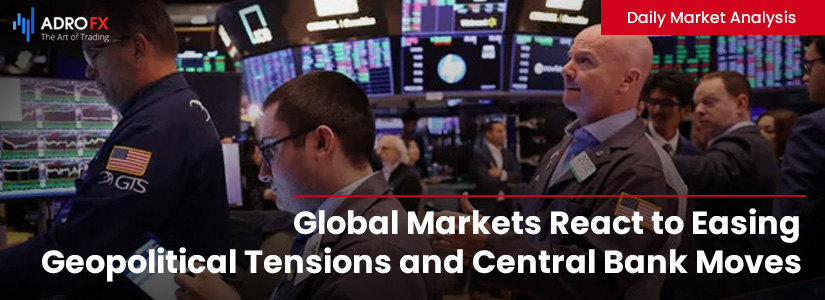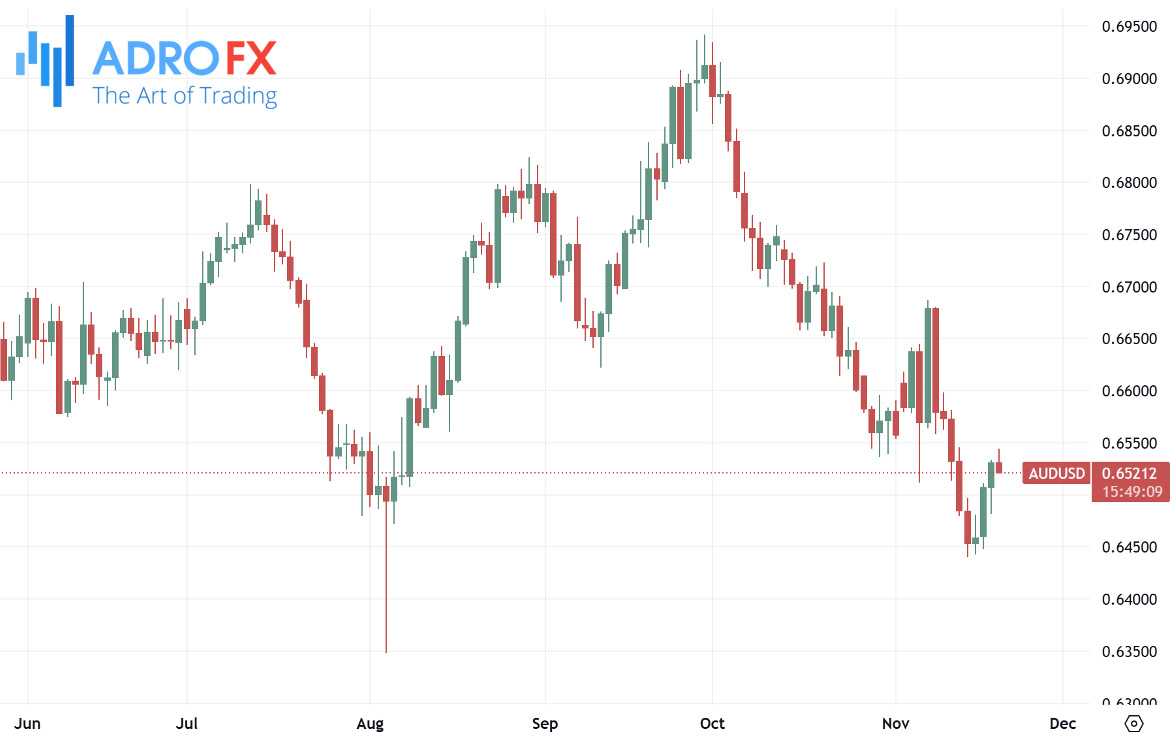Global Markets React to Easing Geopolitical Tensions and Central Bank Moves | Daily Market Analysis

Key events:
- UK - CPI (YoY) (Oct)
- USA - Crude Oil Inventories
- USA - FOMC Member Bowman Speaks
Global markets are navigating a complex interplay of geopolitical tensions and economic policy expectations, with significant movements observed across stocks and currencies. On Tuesday, the S&P 500 finished in positive territory, bolstered by gains in the technology sector. Nvidia’s strong performance led the charge, helping the index shrug off investor anxiety tied to intensifying Russia-Ukraine tensions. By the close, the Dow Jones Industrial Average had slipped 120 points, or 0.3%, while the S&P 500 climbed 0.4%, and the tech-heavy NASDAQ Composite advanced 1%.

In the Asian session on Wednesday, the Japanese Yen continued to weaken against the US Dollar, propelling the USD/JPY pair upward. The pair extended its recovery from a one-week low, supported by easing fears of a nuclear conflict despite escalating Russia-Ukraine tensions. Investors appear cautiously optimistic, even as the possibility of a broader military escalation looms.

Compounding the JPY’s struggles is uncertainty surrounding the Bank of Japan’s monetary policy. Speculation remains high regarding the timing of another interest rate hike, creating downward pressure on the Yen. Additionally, rising US Treasury yields and the strengthening US Dollar further accentuated the JPY’s decline. However, concerns over potential intervention from Japanese authorities may deter aggressive selling of the Yen, capping its losses in the near term.
The USD/CHF pair regained some lost ground, trading near 0.8835 during early European hours. This rebound marked the end of a three-day losing streak, fueled by expectations of less aggressive monetary policy easing by the Federal Reserve. As the Fed balances inflation management with economic stability, the reduced likelihood of deep interest rate cuts lent support to the US Dollar, aiding the USD/CHF recovery.

The AUD/USD pair held its ground on Wednesday following a pivotal decision by the People’s Bank of China to maintain its benchmark interest rate at 3.1% for November. China’s monetary policy decisions often have a direct impact on the Australian economy due to strong trade ties, particularly in commodities.
Australian Treasurer Jim Chalmers highlighted challenges facing the domestic economy, including falling iron ore prices—a key export—and a softening labor market. These pressures have dampened government revenue and underscored a difficult fiscal outlook. The Reserve Bank of Australia, in its November meeting minutes, echoed this caution, emphasizing the risks of inflationary pressures. While the central bank refrained from immediate cash rate adjustments, it maintained flexibility for future policy changes based on evolving economic conditions.

The EUR/USD pair remained subdued, with the Euro underperforming against a strengthening US Dollar. The Russia-Ukraine conflict continued to weigh heavily on market sentiment, driving safe-haven flows toward the Dollar. Last week, the Euro hit a one-year low of $1.0496, pressured by concerns over potential US trade tariffs and their impact on Eurozone growth.

Investor expectations for pro-inflationary policies under the incoming Trump administration further bolstered the Dollar. These policies are anticipated to push inflation higher, potentially prompting the Fed to moderate its pace of interest rate cuts. Markets are also eyeing remarks from European Central Bank President Christine Lagarde, who is set to speak at the ECB’s Conference on Financial Stability and Macroprudential Policy. Lagarde’s comments are expected to provide insight into the ECB’s approach to combating persistently high inflation while addressing signs of economic imbalance across the Eurozone.
The GBP/USD pair extended its rally for the third consecutive session, trading near 1.2690 during the Asian hours. The Pound’s strength stems from reduced market expectations of a rate cut by the Bank of England this year. During Tuesday’s Monetary Policy Report Hearings, the BoE described its current interest rate stance as "moderately restrictive," signaling no immediate need for further reductions.

Attention now turns to upcoming UK data, including the Consumer Price Index (CPI) and Retail Price Index (RPI) figures for October. Economists expect CPI inflation to rise to 2.2% year-on-year, up from 1.7% in September, with monthly CPI likely increasing by 0.5%. Similarly, the RPI is projected to grow from 2.7% to 3.4%. These data points could shape the BoE’s policy decisions moving forward, offering critical guidance for investors navigating the currency market.
Global financial markets are at a crossroads, with geopolitical developments and central bank policies creating a dynamic environment for traders and investors. While easing fears of a nuclear escalation have provided some relief, uncertainty remains a dominant theme. From the Japanese Yen’s struggles amid BoJ speculation to the Euro’s weakness under the weight of Dollar strength, each currency reflects the shifting priorities of economic and political decision-making. As investors look for clarity, key data releases and central bank commentary in the coming days will likely dictate the next market moves.









